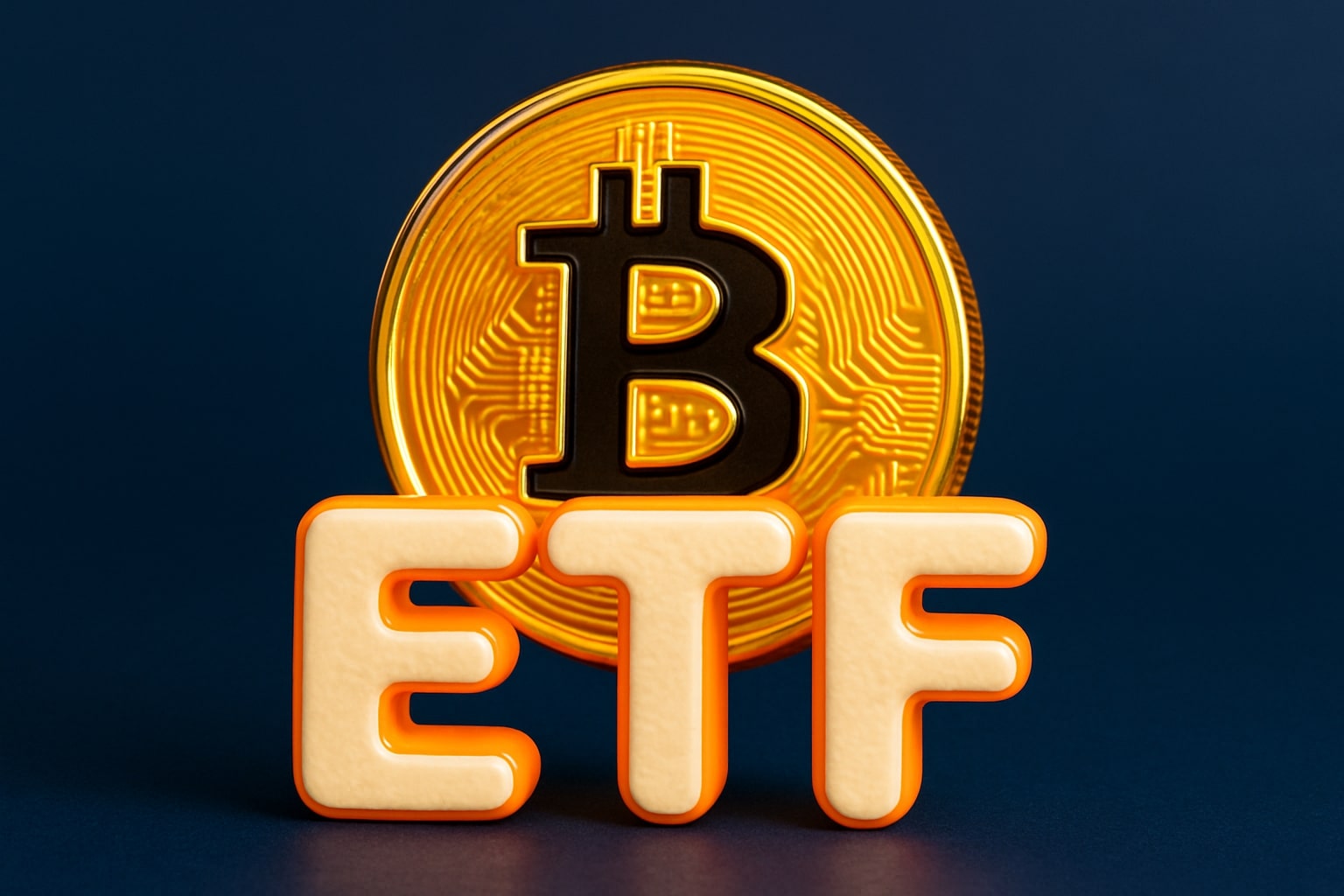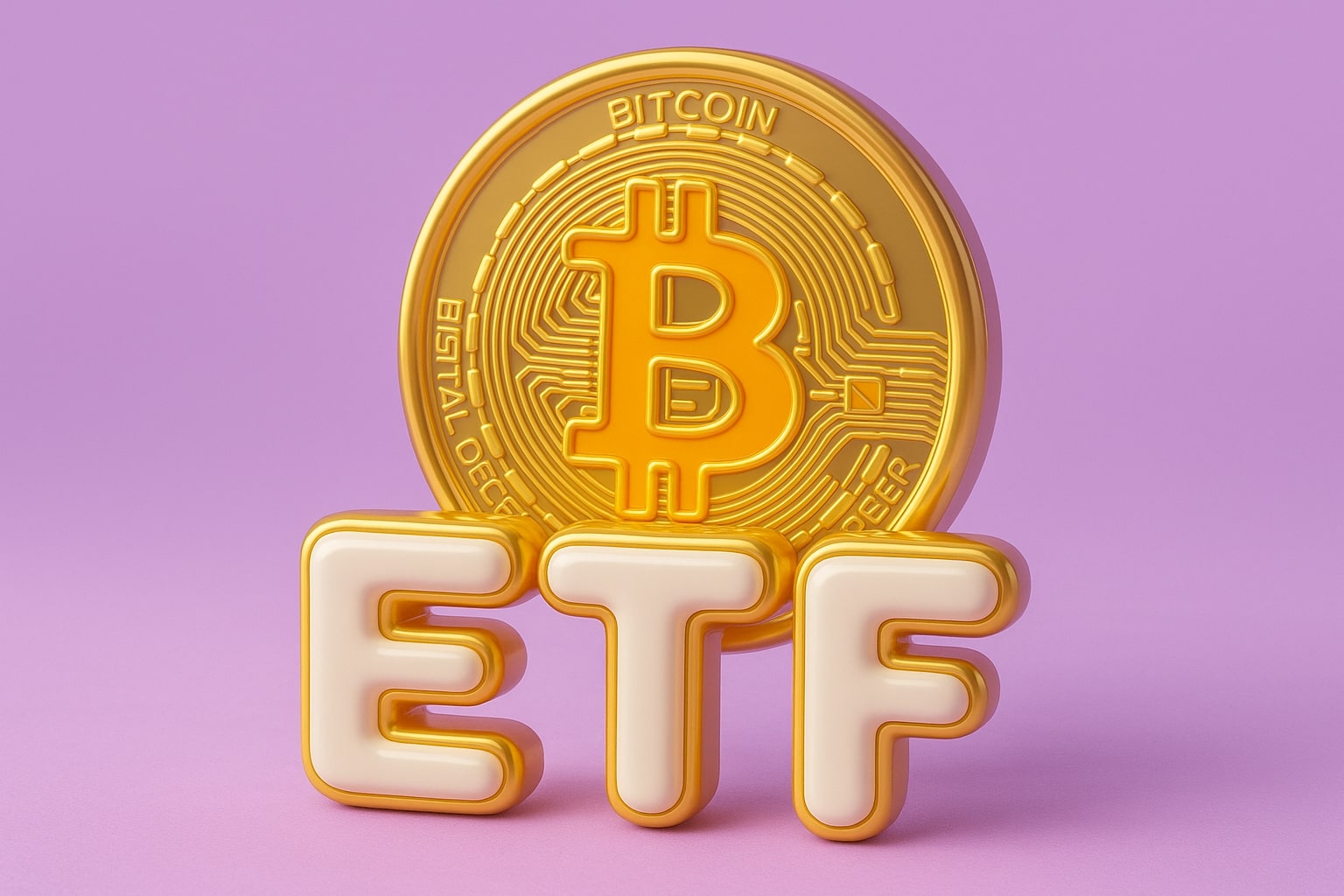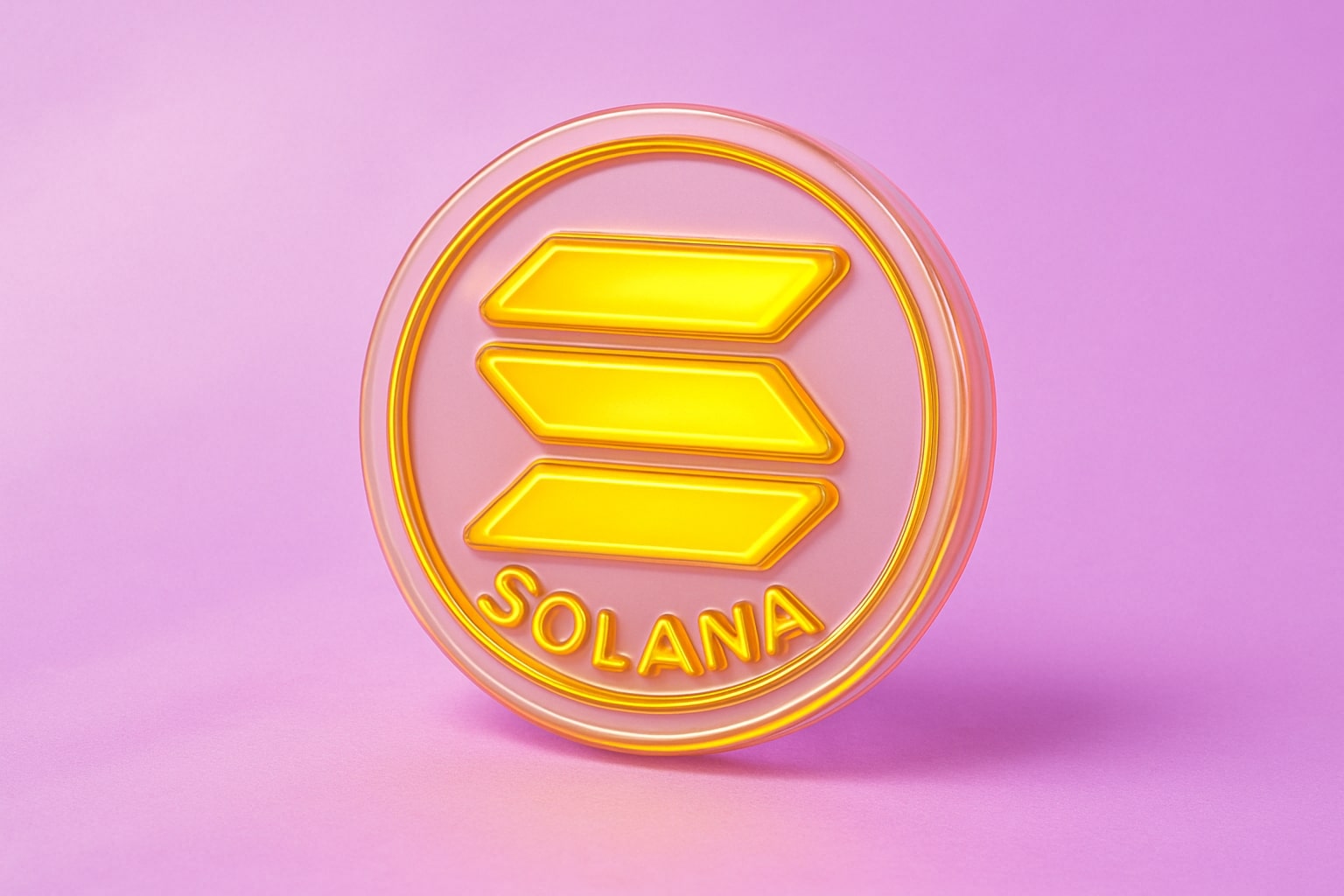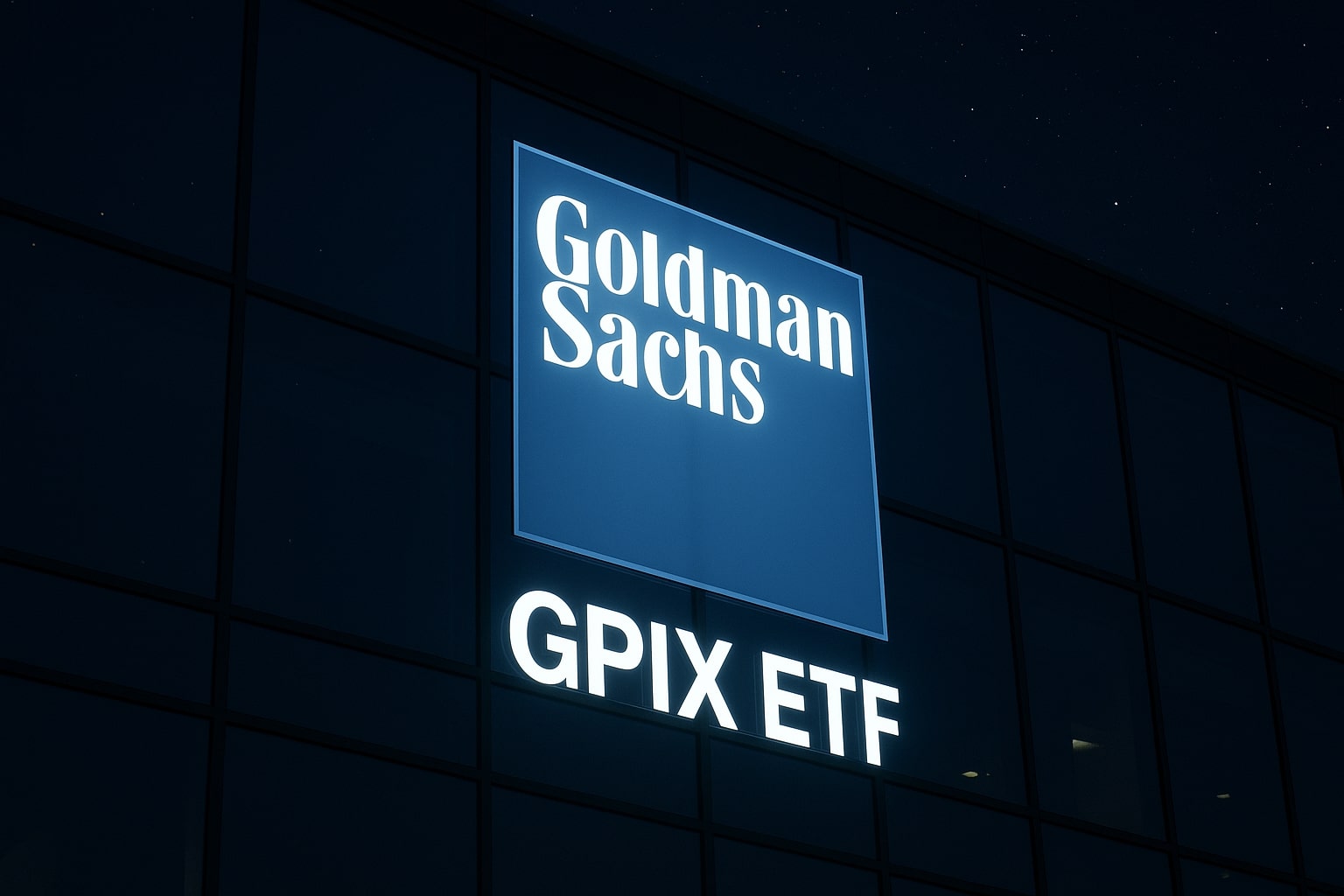
Bitcoin ETF Inflows Surge $887M as BlackRock’s IBIT Nears $85B AUM and 57.5% Share
BTC-USD at $112K after $363M ETF outflows, offset by $887M weekly inflows. BlackRock’s spot Bitcoin ETF dominates with $85B AUM, $218M revenue, while Fed cuts drive volatility. Fidelity trails at $22.8B, underscoring BlackRock’s grip on institutional flows | That's TradingNEWS
Bitcoin ETF Inflows Reshape Institutional Market Dynamics
BlackRock’s BTC-USD ETF Dominance and Revenue Scale
BlackRock’s spot Bitcoin ETF (BTC-USD) has emerged as the clear anchor of institutional adoption. With assets under management approaching $85 billion and commanding 57.5% of the U.S. Bitcoin ETF market share, the iShares Bitcoin Trust has established itself as one of the largest ETFs globally. The fund’s size is translating directly into revenue: BlackRock’s combined Bitcoin and Ether products are generating $260 million annually, of which $218 million comes from Bitcoin ETFs alone. That revenue figure rivals long-standing profit centers in traditional finance and highlights crypto ETFs as a durable business model rather than a speculative experiment.
Weekly Flows: $887 Million In, $363 Million Out
The past week underscored how volatile ETF flows can be despite their structural growth. Data shows that Bitcoin ETFs pulled in a net $887 million over five trading days, including $292 million on September 16 and $260 million on September 15, before registering a midweek outflow of $51.2 million on September 17. The week ended positive, but on September 22 the trend reversed sharply: U.S. spot Bitcoin ETFs recorded $363.1 million in net outflows, the heaviest single-day withdrawal since launch. Fidelity’s FBTC led the exodus with $276.7 million in redemptions, ARK’s ARKB lost $52.3 million, and WisdomTree’s BTCW shed $24.6 million. BlackRock’s IBIT was notable in showing no inflows or outflows, signaling that its investor base remains more anchored than peers.
Ethereum ETF Flows Support Broader Trend
Ethereum ETFs mirrored Bitcoin’s volatile flow pattern. Across the week, they absorbed $557 million in inflows, including a single-day record of $359.7 million on September 15. However, that momentum was partially offset by $61.7 million in outflows the next day and a small $1.9 million dip on September 17. By September 19, renewed strength added $213 million, bringing cumulative inflows to their highest level since inception. Year-to-date, Ethereum ETFs have received $12.6 billion, underscoring how institutional money is no longer limited to Bitcoin.
Read More
-
GPIX ETF At $52.52: 8% Yield And Dynamic S&P 500 Income Upside
13.12.2025 · TradingNEWS ArchiveStocks
-
XRP ETFs Surge Toward $1B As XRPI Hits $11.64 And XRPR $16.48 With XRP Near $2
13.12.2025 · TradingNEWS ArchiveCrypto
-
Natural Gas Price Forecast: NG=F Hovers Near $4.07 Support After 22% Weekly Slide
13.12.2025 · TradingNEWS ArchiveCommodities
-
USD/JPY Price Forecast - Dollar to Yen at 154–158 Range as BoJ 0.75% Hike and Fed Cut Debate
13.12.2025 · TradingNEWS ArchiveForex
Macro Backdrop: Fed Policy and Rate Cuts
The Federal Reserve’s decision to cut rates by 25 basis points for the first time this year served as a catalyst for late-week ETF demand. Bitcoin briefly surged above $117,000, while Ethereum touched $4,600, before retracing as broader markets absorbed the implications of looser monetary policy. The correlation between inflows and rate decisions suggests that ETFs are becoming a direct channel for monetary policy transmission into digital asset demand. Analysts caution that further macro shocks—whether rate adjustments or risk-off moves in equities—could dictate ETF flows as much as crypto-native factors.
Revenue as a Benchmark for TradFi Expansion
The $260 million annualized revenue figure from BlackRock’s crypto ETFs provides a template for legacy asset managers. The profitability resembles what ETFs in equities and bonds achieved in their early adoption years. Asset managers are already positioning for inclusion of crypto ETFs in 401(k) retirement plans and corporate treasury allocations, a development that could materially expand inflows. Bitwise’s research head suggested that inclusion in retirement accounts alone could push Bitcoin toward $200,000 before year-end, highlighting how ETF demand channels may reshape price discovery outside halving-driven cycles.
Comparative Positioning Against Gold ETFs
September inflows show a competitive dynamic between Bitcoin and gold. While Bitcoin ETFs attracted $887 million over the week, gold funds led on a rolling 30-day basis, benefiting from Fed rate-cut expectations. Gold’s rally has reignited debates, with Peter Schiff arguing that Bitcoin is losing its inflation-hedge role, while Benjamin Cowen countered that even a tenfold gold rally would still leave it trailing Bitcoin’s cumulative performance by 99.96%. Deutsche Bank forecasts that by 2030, central banks could hold both gold and Bitcoin as reserve assets, formalizing Bitcoin’s role alongside gold in sovereign balance sheets.
Short Bitcoin ETFs Show Collapse in Demand
While long-Bitcoin ETFs gained traction, short-Bitcoin products have bled capital. Data shows that assets under management in inverse ETFs have fallen to just $83 million, a multi-year low, after recording outflows exceeding $500 million this year. The collapse in demand for bearish exposure signals that institutional conviction is overwhelmingly tilted toward structural long positions, even amid volatility.
Market Reaction and Technical Implications
Bitcoin is trading near $112,000, down 0.63%, with Ethereum at $4,186, off 0.19%. Analysts warn that further outflows could pressure BTC below critical support around $110,000, potentially triggering another wave of liquidations. At the same time, sustained ETF inflows act as a cushion, creating a “buy-the-dip” structure that stabilizes long-term price floors. The market remains less than 5% below all-time highs, suggesting that despite turbulence, ETF demand continues to underpin institutional confidence.
The flow of capital into Bitcoin ETFs, BlackRock’s near-60% market grip through IBIT, and the steady collapse of short-side products all tilt the case toward BTC-USD as a Buy. While macro turbulence may trigger further drawdowns, the persistence of billion-dollar inflows, mounting momentum for retirement-plan integration, and the $260M revenue stream from crypto ETFs highlight a deepening institutional base that is steadily shifting Bitcoin from a speculative trade into a recognized benchmark asset.

















